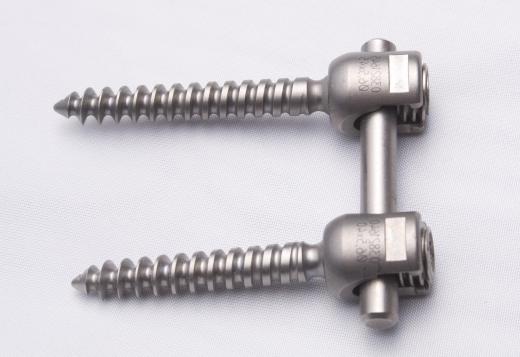The Kroll process is a method used to convert ore into titanium metal. Engineers, manufacturing firms, and medical companies use titanium for a variety of different purposes because it is as strong as steel but is more lightweight. Traces of titanium can be found in minerals such as rutile and ilmenite, but the pyrometallurgical Kroll process removes impurities and produces a metal that can be used in medical implants, construction, and aircraft design.
Titanium was discovered in Great Britain in 1791 by a man named William Gregor. A German scientist named Martin Heinrich Klaproth named it after the Greek god Titan during the same year. Scientists began developing ways to extract the newly discovered element from rutile and ilmenite, and in 1910 a chemist named Matthew Hunter developed a method for producing titanium metal by mixing rutile with coke and chlorine. The Hunter process became the first industrial scale process for producing this metal.

During the 1930s, a scientist from Luxembourg called William Kroll began experimenting with titanium. In 1938, he developed what later became known as the Kroll method. Kroll moved to the United States after the outbreak of World War II, and his process for producing titanium metal was patented in the United States in 1940. The patent was later nullified by the federal government because Kroll was not a United States citizen. He entered into a seven year legal battle which culminated with the patent being reinstated.
The Kroll process begins by passing chlorine gas through rutile in a chlorinator. During the first stage of the process, titanium tetrachloride and chlorides are produced from the ore. Oxygen is removed from the titanium tetracholdire through a distillation process, and this leaves the titanium tetrachloride in a liquid form. Scientists add liquid magnesium or sodium to the titanium tetrachloride, and the end result is a metallic sponge.
This titanium sponge is crushed and then put into a consumable electrode vacuum arc furnace. The sponge melts inside the furnace but, unlike other metals, it is not poured because it solidifies in the vacuum. A titanium ingot produced during the Kroll process can weigh in excess of 5,000 kilograms (5.51 tons). The multiple steps of the Kroll process mean that titanium is much more expensive to produce than similar types of metal, such as steel.
After developing the Kroll process, William Kroll used a similar technique to create zirconium metal. Both titanium and zirconium are now used to make parts for space vessels. Titanium, unlike zirconium, is not a health hazard, and is therefore also used for medical implants.
